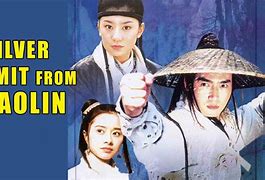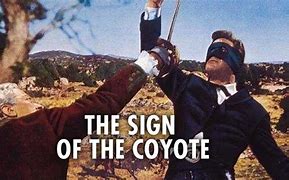PHENOMENALITY: *marvelous*
MYTHICITY: *fair*
FRYEAN MYTHOS: *adventure*
CAMPBELLIAN FUNCTION: *cosmological*
Of these two loosely interrelated movies, the first, a fairly straight remake of Verne's classic SF novel, has much of the feel of the strong juvenile adventures that Walt Disney did in its heyday, not least in the company's 1950s adaptation of 20,000 LEAGUES UNDER THE SEA. Both JOURNEYS posit the idea of "Vernian science fiction," meaning that all the things Verne wrote about in his books were based on real phenomena in both his world and the world of the 21st century. (The second movie throws Jonathan Swift and R.L. Stevenson into the mix for good measure.)
Volcanologist Trevor Anderson (Brendan Fraser) is at a crossroads. He's about to lose his college department funding, but his research is his legacy to Trevor's long lost brother Max, who went missing while searching for the supposedly fictional "Center of the Earth." By coincidence, his sister-in-law asked Trevor to keep his nephew Sean (Josh Hutcherson) at his house while she's away doing whatever. The sulky thirteen-year-old doesn't want to be baby-sat by his uncool uncle, but by dumb luck the two of them stumble across a clue to the late Max's destination. So off they go to Iceland, to retrace both Max's steps and the course of Jules Verne's novel.
With the help of a sexy young mountain guide Hannah (Anita Braem) -- whom both the 13-year-old and probably 40-year-old ogle repeatedly-- they make their way to the supposed entry point. Though not intending to go spelunking, an accident forces them into doing so, whereupon in due time they discover that there is indeed a prehistoric world beneath the earth, including an internal sea.
Verne kept his pocket "lost world" conservative, with only minimal sea life, and one big dino, encountered by his protagonists. Not surprisingly, the movie-writers introduce a lot more flora and fauna, not least the almost obligatory T-Rex. But I didn't mind, because the script is creative with its use of science-factoids to produce a good strong sense of wonder-- while also working them into the subplots of Sean bonding with Trevor and Trevor "bonding" (so to speak) with Hannah. A standout scene involves the three explorers on a raft, first being attacked by "jumping piranhas," and then being paralleled by plesiosaurs, who are only interested in feeding off the piranhas. The script even finds a novel way to redo the explorer's escape from the subterranean domain that takes inspiration from the novel but finds a different path to the same goal, and a justified happy ending.
JOURNEY did well at the box office, and that led to a sequel of sorts, in which Sean, played by a 17-year-old Hutcherson, has become a full-fledged Vernian, essentially inheriting the obsession of his father. His mother is now married to Hank Parsons (Dwayne Johnson), a former Navy codebreaker, but Hank has yet to bond with his stepson. So in his attempt to humor the kid, Hank agrees to translate a coded message that Sean believes was sent by his grandfather Alexander (Michael Caine), a Vernian obsessed with finding the supposedly fictional "Mysterious Island." Little does Hank realize that by helping Sean correlate a smattering of alleged clues about the Verne novel, TREASURE ISLAND and GULLIVER'S TRAVELS, Hank ensures that the two of them will soon be off island-hunting in Hawaii.
The unlikely duo engages a helicopter service to take them to the coordinates from the message, where no island is supposed to exist. The pilot is a comedy relief guy (Luiz Guzman) and his assistant is his comely teen daughter Kailani (Vanessa Hudgens), who's present to give Sean some romance (since he missed out the first time). A storm drives the copter into a crash landing, and guess what: there's the Mysterious Island, with no explanation as to why no one (except Grandpa Alexander) found the place before.
JOURNEY 2 had a complete change of director and writers. Yet even had the sequel used the same people who did CENTER, the core concept would have been undermined by the fact that Verne's MYSTERIOUS ISLAND novel doesn't involve giant creatures-- a reputation that arises only from the 1961 Ray Harryhausen movie. Nevertheless, once the four wayfarers find their way to Alexander, everyone acts as if finding giant bees and birds and dinos on the island agrees perfectly with Verne's book. A ticking-clock peril arises when the quintet realize that the island is rapidly sinking. But in this case, they are able to devise an escape using something from the actual novel: the continued presence of the Nautilus, the submarine left behind by the long-deceased Captain Nemo.
The FX are okay and most of the performances are adequate, though Johnson's "Big Tough Teddy Bear" schtick is getting pretty old. But in place of the first JOURNEY's sense of wonder, the writers provided only a lot of lame jokes for JOURNEY 2. Though I just watched the film, the only humorous bon mot I even remember is a slightly offbeat reference to "Mr. Mxyzptlk" of SUPERMAN comics.

















